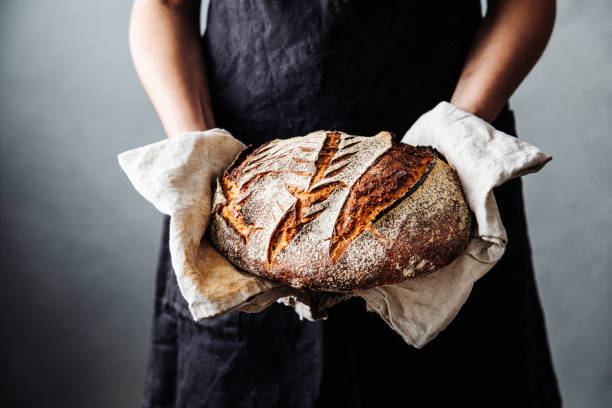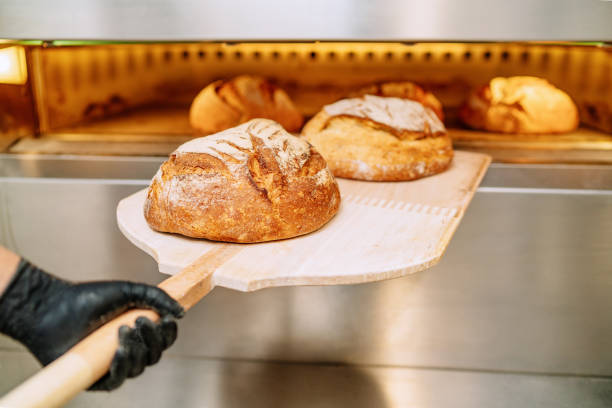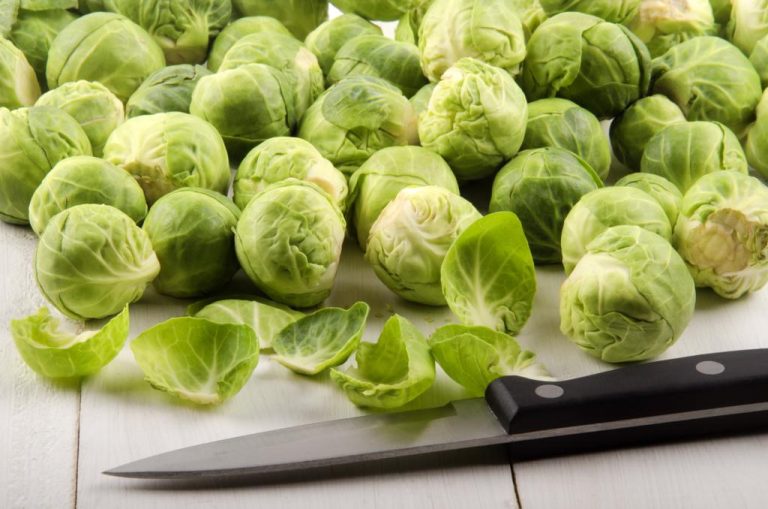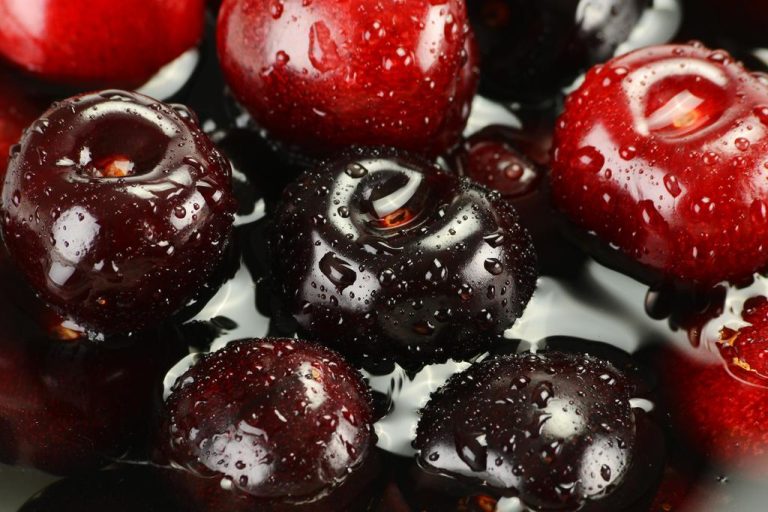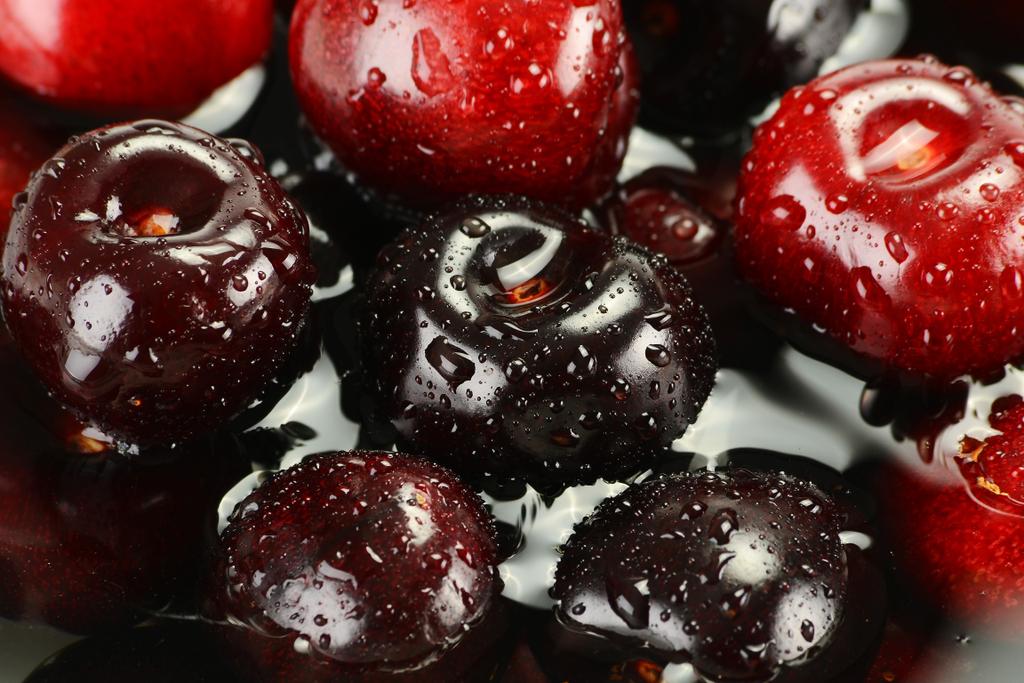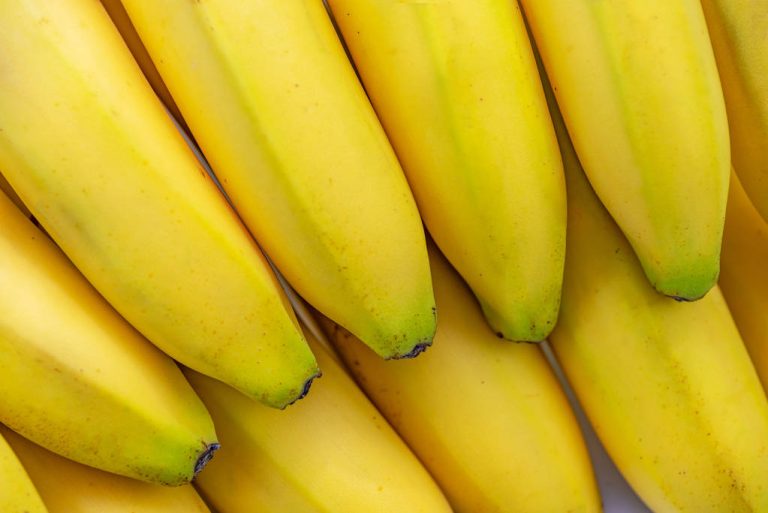Useful tips and a guide to freezing food and defrosting food. Freeze food without sacrificing flavor or freshness.
How long will they keep in the freezer at what temperature? Can it be preserved in the freezer without plastic? A clear list.
Groceries are too good to throw away
It still tastes best at home. The problem that can sometimes arise is that there are leftovers. Too bad to throw away, but nobody wants to eat the same thing again tomorrow. In addition, the freezer can be a supplier of quick, pre-cooked dishes. Not all foods are suitable for freezing and some lose their bite or freshness in the freezer. To ensure that the defrosted food tastes as delicious as the first time, there are a few things to consider, such as temperature and packaging. You can do it without plastic. Here is a list of top food freezing tips.

The best tips for freezing food
Properly frozen food will last an average of three months and up to a year. The temperature should always be between minus 18 and minus 20 degrees. If you like it clearly, you should use labels. In addition, the freezer, like the refrigerator, should be kept tidy. Keep foods with the shortest shelf life, like meat, on the bottom. It’s the coolest here. Prepared dishes, like sauces, go up. Surprisingly, a common mistake is not overfilling the freezer, but rather underfilling it.
Freeze food without plastic
The preservation in the freezer can be handled even more economically, environmentally friendly, and health-conscious. Unfortunately, the most common alternative to the freezer bag also comes in a plastic guise. However, reusable containers are a step in the right direction. But if you want to freeze without plastic, you can switch to screw-top jars. It is important here, especially for liquids such as sauces, not to fill the glass completely. One of the advantages of freezing jars is that the jars can be thawed easily and quickly in a water bath and can be filled in an uncomplicated manner.
Guide to Freezing Various Foods
How long frozen food can be preserved depends on the type of food. However, a lot can go wrong here. If, for example, vegetables are stored for too long, they become inedible but largely harmless for consumption. This is different from animal products. Freezing food, when done right, can save time and money and make the stressful everyday life of housewives and househusbands much easier.
Freeze Vegetables
In principle, it is advisable to always pre-cook vegetables in a water bath for 2-4 minutes beforehand. Firm vegetables like potatoes are best sliced thinly and frozen airtight. Herbs or boiled spinach go great in ice cube trays. Seasonal vegetables in particular, such as special types of mushrooms, are ideal for freezing. However, soft vegetables such as mushrooms, zucchini, mushrooms, or eggplant should be frozen fresh. Then simply add the still-frozen food to the dish and the chanterelle sauce is ready in winter! However, if you let them thaw on the counter overnight, you may be in for a nasty surprise in the morning. Especially soft vegetables or fruit lose their cell structure when defrosting and can become mushy. Read our tips for freezing asparagus and the clever instructions for freezing beans.
Freeze dairy products
The most popular in this category is cheese. Especially with him, most people are unsure whether and how he can be frozen. The rule of thumb: raw cheese (cream cheese, goat cheese, or camembert) has high water content. This separates from the milk portion when it freezes. The same goes for yogurt or milk. If it is used for cooking or baking, it doesn’t do anything to it. After defrosting, it will have changed its structure. Cheese such as Gouda or mozzarella for baking is ideal for freezing. The taste is not affected by preserving it in the freezer.
Freeze Meat
Steaks or minced meat have a particularly short shelf life in the refrigerator. However, it is very useful to always have something in stock. So storing it in the freezer is a good idea. Raw meat can only be thawed once again. Therefore, it should be frozen in smaller portions. Ideally, a vacuum pack is used to freeze meat, but conventional freezer bags can also be used. The usual supermarket packaging is not suitable. It usually does not enclose the meat directly.

Consequently, it is advisable to pack it new and airtight. A rule of thumb for durability is the leaner, the more durable. Just seal it as airtight as possible.
Freeze baked goods
Bread and rolls and even dry cakes taste fresh from the baker after they have been baked for a short time. However, these foods should always be packed airtight. Cream cakes should be thawed slowly in the refrigerator and overnight. Slow, gentle thawing without violent temperature fluctuations is a tip that can be applied to all frozen goods. Read the article on freezing bread for more information.













